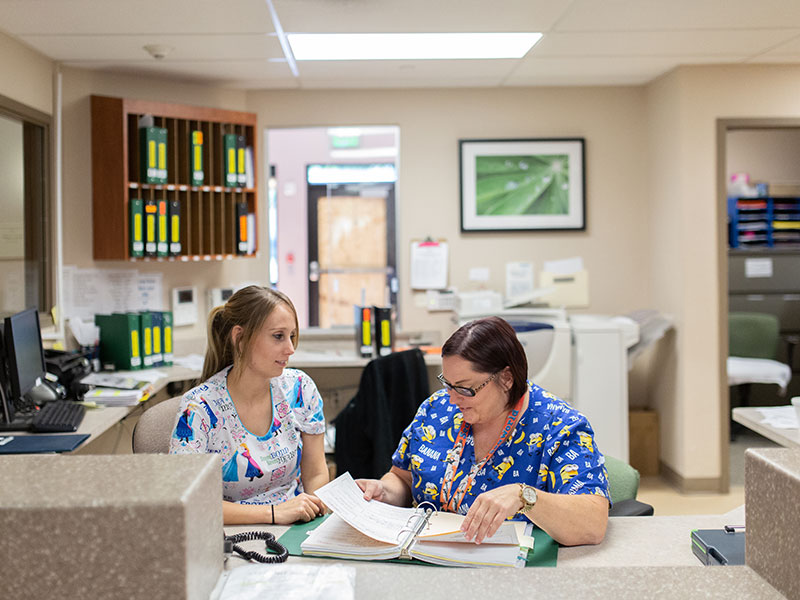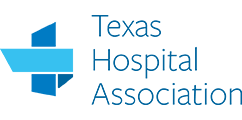Cedar Crest Hospital & Residential Treatment Center helps individuals who are struggling with depression find long-term recovery. Located in Belton, TX, Cedar Crest is the leader in mental health care.
Understanding Depression
Learn about depression
It’s normal for every person to experience feelings of sadness or hopelessness from time to time, most especially when a major life stressor, such as moving to a new neighborhood or losing a job has occurred. Some people though experience what is far more than a simple case of the transient blues – they face debilitating depressive disorders that cause significant impact to nearly every area of their life. This affliction of mind, body, and thoughts causes tremendous emotional pain for the person who has depression and those who love them. There are certain types of depressive disorders that may be the result of unique life circumstances. The most common types of depressive disorders include:
Major depression, also known as major depressive disorder or clinical depression,involves a combination of symptoms that significantly disrupt a person’s ability to properly eat, sleep, work, function in interpersonal relationships, or enjoy once-loved activities. Often simply called “depression,” major depressive disorder can become so all-encompassing and debilitating that a person is unable to function normally in his or her daily life. Some people may only experience one episode of major depressive disorder in their lifetime, while others may struggle with multiple cycles of depressive symptoms that come and go over time.
Minor depression is a more mild type of depressive disorder that is characterized by the presence of symptoms that do not meet the criteria for major depression. While symptoms of minor depressive disorder do not impact daily life as much as those experienced by people with major depressive disorder, the symptoms do prevent normal daily functioning and feelings of wellness. Untreated minor depression is a concern as it can lead to experiencing episodes of major depression during the lifespan.
Dysthymic disorder, or dysthymia is a mental health disorder that is characterized by pervasive symptoms of general wellness and impediment in activities of daily living for two years or longer. Additionally, people who have dysthymia may experience episodes of major depressive disorder during their lifetime.
It’s important to recognize the severity of depressive disorders since, if left untreated, they can lead to extreme self-destructive behaviors, such as self-harm or suicidal thoughts and behaviors. However, most cases of depressive disorders are treatable using the right amount of medications, therapies, and proper self-care, and most people who have depressive disorders are able to recover and go on to lead a happy, healthy, and productive life.
Statistics
Depression statistics
Depression is one of the most common mental health disorders in the United States and worldwide. One in every ten adults in the United States, or 9.1% of the adult population, is affected by depression, while 4.1% meet the criteria for major depression. The average age of onset for adult depression is 32 years of age, and overall, between 20% and 25% of those living in the U.S. will have an episode of major depression during his or her lifetime. Additionally, teens between the ages of 13 and 18, or 3.3% of the teen population, report having experienced at least one crippling depressive episode.
Causes and Risk Factors
Causes and risk factors for depression
Depression is a serious mental illness that’s believed to be caused by a combination of genetic, environmental, and physical risk factors working together. The most common causes and risk factors for depressive disorders include:
Genetic: Mental illnesses such as depression often run in families. People who have a first-degree relative, such as a parent or sibling, who has struggled with depression are at greater risk than others without a similar history for developing the disorder at some point in their lifetime. However, there are many cases of depression that occur in absence of familial history.
Physical: Neuroimaging studies such as CT Scans and MRIs of the brains of the people who have depression show structural differences in the areas of the brain that are responsible for sleep, appetite, and behaviors. Additionally, decreased levels of certain types of neurotransmitters in the brain, including serotonin and dopamine, have been implicated in the development of depressive disorders.
Environmental: The stress and trauma associated with certain types of major life events may overwhelm a person’s ability to cope and can lead to depression in certain individuals who have other risk factors of depression.
Risk Factors:
- Poor social support
- Being a single parent
- Hormone imbalances
- Past and/or continued traumatic events
- High stress situations
- Drug and/or alcohol abuse
- Low self-esteem, poor self-image
- Chronic medical conditions
- Being female
- Being between the ages of 45 and 64
- Having less than a high school education
- Having chronic disabilities and being unable to work
- Not having health insurance
- Childhood neglect or abuse – physical, sexual, emotional, and/or verbal
- Certain medications
- Overly dependent, pessimistic, and/or self-critical personality traits
Signs and Symptoms
Signs and symptoms of depression
The signs and symptoms of depression and depressive disorders vary from person to person and are based upon the type of depressive disorders, availability of social support, proper coping skills, and symptom frequency and severity.
Symptoms of depressive disorders include:
Behavioral Symptoms:
- Spending increasing amounts of time sleeping
- Withdrawing from once-pleasurable activities
- Increasing challenges in meeting demands of work, home, social, and scholastic life
- Irritability and restlessness
- Angry outbursts
- Self-harm
- Suicide attempts
Physical Symptoms:
- Insomnia or hypersomnia
- Fatigue and decreased energy
- Changes in eating patterns
- Aches and pains
- Headaches
- Digestive problems
Cognitive Symptoms:
- Decreased ability to concentrate
- Slowed thinking and speaking
- Increasing preoccupation with depressive feelings
- Decreased ability to make decisions
- Trouble recalling details
Psychosocial Symptoms:
- Worthlessness
- Helplessness
- Low self-esteem
- Poor self-image
- Feeling critical of oneself
- Overwhelming sadness
- Anxiety
- Feeling “empty” inside
- Feelings of guilt
- Preoccupation with death, dying, suicide
Effects
Effects of depressive disorders
Depressive disorders are very treatable mental illnesses that, like other physical illnesses, require both changes in lifestyle and therapeutic interventions. Without proper treatment, depressive disorders can worsen over time, causing immense problems in an individual’s life.
The long-term effects of depressive disorders include:
- Social isolation
- Joblessness
- Homelessness
- Loss of interpersonal relationships
- Increased physical problems
- Obesity
- Anxiety, panic disorder, or social phobia
- Addiction to drugs or alcohol
- Self-harm
- Suicidal thoughts and behaviors
Co-Occurring Disorders
Depression and co-occurring disorders
A number of other mental health disorders co-occur with depressive disorders. Simultaneous treatment of depressive disorders can improve the outcomes of co-occurring disorders. These may include:
- Anxiety disorders
- Post-traumatic stress disorder
- Schizophrenia
- Alcoholism
- Substance abuse and addiction
- Obsessive-compulsive disorder

















